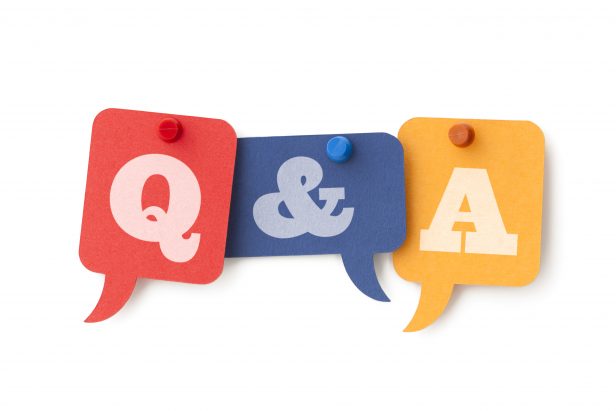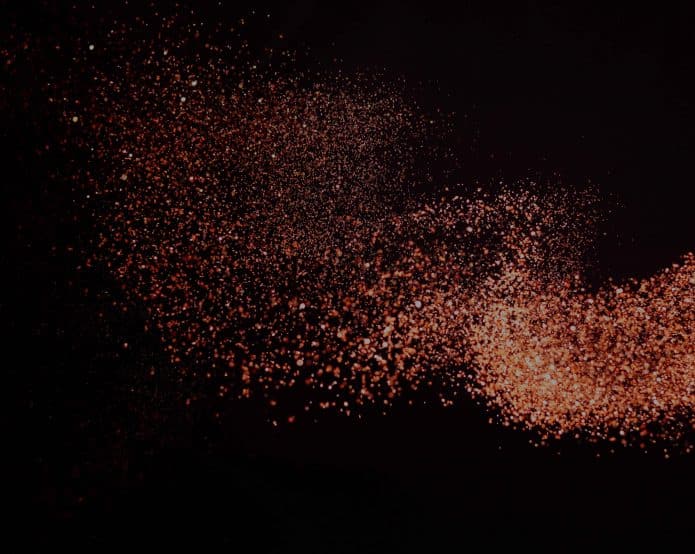What allergies, if any, should dentists caution when recommending the rinse?
I don’t think there are any. We did a ton of research on all of the profiles of the ingredients to make sure that wasn’t going to be an issue. We have done a toxicology report on it which shows there is nothing to be concerned about. In fact, if you do have a patient who has some inflammatory conditions I think it would be beneficial to use because we know that the silver nanoparticles are anti-inflammatory.
Do you think that tooth decay can be healed?
It depends on what stage the tooth decay is in. In school, we are taught that there are E1, E2, and E3 lesions and D1, D2, and D3. There’s not a lot of studies done on reparative dentin but essentially, if you are within a certain frame for the lesion, I do think the enamel can remineralize.
But there is a point of no return. Your tooth is built of crystals and those crystals have lattices which are kind of like support beams for your tooth. Figuratively speaking, there are four support beams on the bottom and if you don’t have a support beam you can’t build anything on top. It depends on how far along the cavity is and if there is still that support structure. You need that phosphate backbone to remineralize and if you don’t have it, there is nothing you can do.
Does the mouth rinse help with dry mouth?
Yes, it helps with dry mouth. I think we are one of the few brands, that has 25% xylitol in our product. This is the recommended and approved amount in all the studies that have been done.
There are a lot of products out there that list xylitol as an ingredient. But when you are reading an ingredient list on mouthwash or any other product the first ingredient is the ingredient found the most in the mouthwash. The second ingredient is the second largest ingredient found in the product and so forth. If you see a product has xylitol but it is the last ingredient it means that they just sprinkled some in there so that they could say that they have xylitol in their product. Every single one of our products is at least 25% because we know that’s been studied and we know that’s what helps with dry mouth.
What areas of research do you want to see more?
I want to see more research on dental health and prevention. I think there are a lot of resources that they give to other things first and prevention is definitely last on the scale. All the things that we do are independently funded and people aren’t investing in prevention.
We came into all of this thinking why are people not investing in prevention? There’s a ton of research on endpoint treatment. So that is what we are doing. We are trying to fill that void and do as much clinical research as we can on prevention.
What is your favorite flavor?
Peppermint is my favorite, but we actually have a bunch of flavors that aren’t out yet. We have some kid flavors that are coming out soon and I really like Apple. I think the upcoming flavors are Candy, Bubble Gum, Apple, Cinnamon Apple, Tropical Mint, Apple Mint, and Mango.
Is the mouthwash safe to swallow?
Yes, based on the toxicity reports you will not have to call poison control center if you swallow some of it.
What is the future for Elementa?
I think the future going forward is do as much research as clinically possible in the time that we have available. Invest in new products and new technology and try to improve prevention. We want to be the best in the prevention business and we want people to know that we stand behind our products and we make the best products out there. And we want to push the competition to make less acidic products. We want to be the best and the most researched in the industry.
Does Nano Silver turn you blue?
No, if you inject yourself with really highly ionic silver over time or if you are consuming it at a very high concentration your skin can turn blue. The difference between that and the Nano Silver we use is we are three generations apart from that. We call it Generation 0. This is silver salt and was used for a long time for anti-microbial purposes.
Next was Generation 1 which was colloidal silver. These are particles that are typically 100 Nanometers, but they are inconsistent in size because they are created through pumping electricity through a wire and collecting the ionic silver that comes off. It’s not really much better than silver salt. If you inject a bunch of that stuff it will definitely turn you blue, but you’d have to do a lot of it.
Then Generation 2 came along which is chemically modified Nano Silver. This fixed a couple of the issues that Generation 1 had but it ended up having some toxicity issues and it doesn’t stay stable for very long so it’s not as biocompatible. It had great unique properties, but it was not biocompatible or stable.
Generation 3 is what no one is working on and is what we have developed which is plant-based Nano Silver and other compounds too so it’s not only Nano Silver that we have. We coated the actual particles with a plant-based compound. That plant cased compound is biocompatible and is not a bioaccumulant. This means it does not deposit in the skin so it will not turn you blue.


